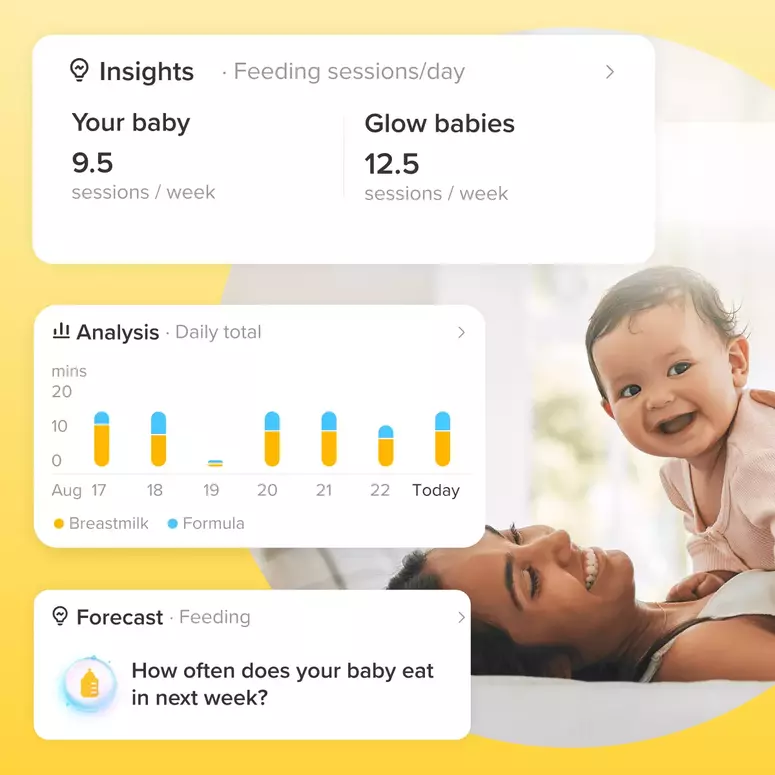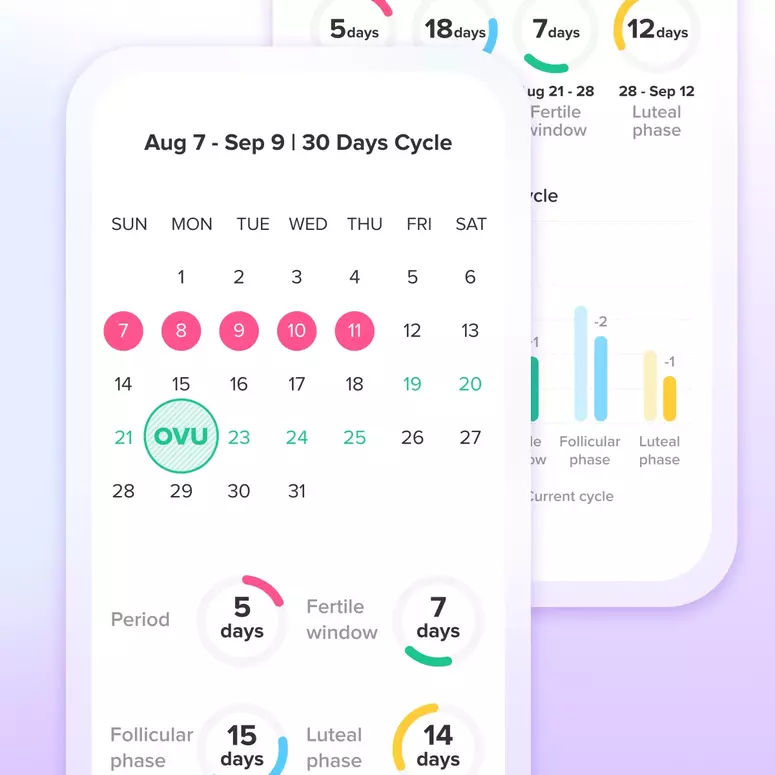As a loving parent, one of the most exciting milestones in your baby’s first year is introducing solid foods. However, it’s crucial to ensure a safe and gradual transition to solid foods. In this comprehensive guide, we will provide you with expert advice and practical tips on how to safely introduce solid foods to your baby, promoting healthy growth and development. From when to start and what foods to offer, to important safety considerations, we have you covered.
When to Start Introducing Solid Foods
Introducing solid foods at the right time is crucial for your baby’s health. The American Academy of Pediatrics (AAP) [1] recommends starting solids around six months of age. By this time, most babies have gained the necessary head and neck control and can sit with minimal support. Waiting until six months also reduces the risk of allergies and digestive issues.
Signs of Readiness
Every baby develops at their own pace, so it’s essential to look for signs of readiness before introducing solid foods. Some common signs include good head and neck control, showing an interest in food, the ability to sit upright with support, and loss of the tongue-thrust reflex. These signs indicate that your baby is ready to explore new textures and flavors.
Choosing the Right First Foods
Selecting the right first foods is crucial to ensure your baby receives the necessary nutrients and enjoys the experience. Start with single-ingredient, pureed or mashed foods such as rice cereal, pureed fruits (e.g., bananas or applesauce), or vegetables (e.g., sweet potatoes or carrots). Introduce one new food at a time, waiting three to five days before introducing another, to monitor for any allergic reactions.
The Gradual Introduction
Introduce solids gradually to allow your baby’s digestive system to adjust. Start with small spoonfuls once a day and gradually increase the frequency and quantity as your baby becomes more comfortable. Breast milk or formula should still be the primary source of nutrition during the first year. As your baby grows, you can introduce a wider variety of foods, textures, and finger foods to encourage self-feeding and exploration.
Safety Considerations
Ensuring your baby’s safety during mealtime is paramount. Follow these safety guidelines:
- Sit your baby upright in a high chair or booster seat.
- Avoid foods that pose choking hazards, such as whole grapes, nuts, popcorn, and hard candies.
- Cut food into small, manageable pieces.
- Avoid adding salt, sugar, or spices to your baby’s food.
- Supervise your baby at all times during meals.
- Be aware of food allergies [2] and consult your pediatrician if you suspect any reactions.
Introducing solid foods to your baby is an exciting and important journey. By following the recommended guidelines and considering your baby’s individual readiness, you can ensure a safe and enjoyable experience. Remember to introduce new foods gradually, monitor for allergies, and prioritize your baby’s safety during mealtime. With your love, care, and a well-balanced diet, your baby will thrive as they embark on this new culinary adventure.
Sources
[1] https://www.aap.org/
[2] https://www.foodallergy.org/living-food-allergies/food-allergy-essentials/common-allergens




